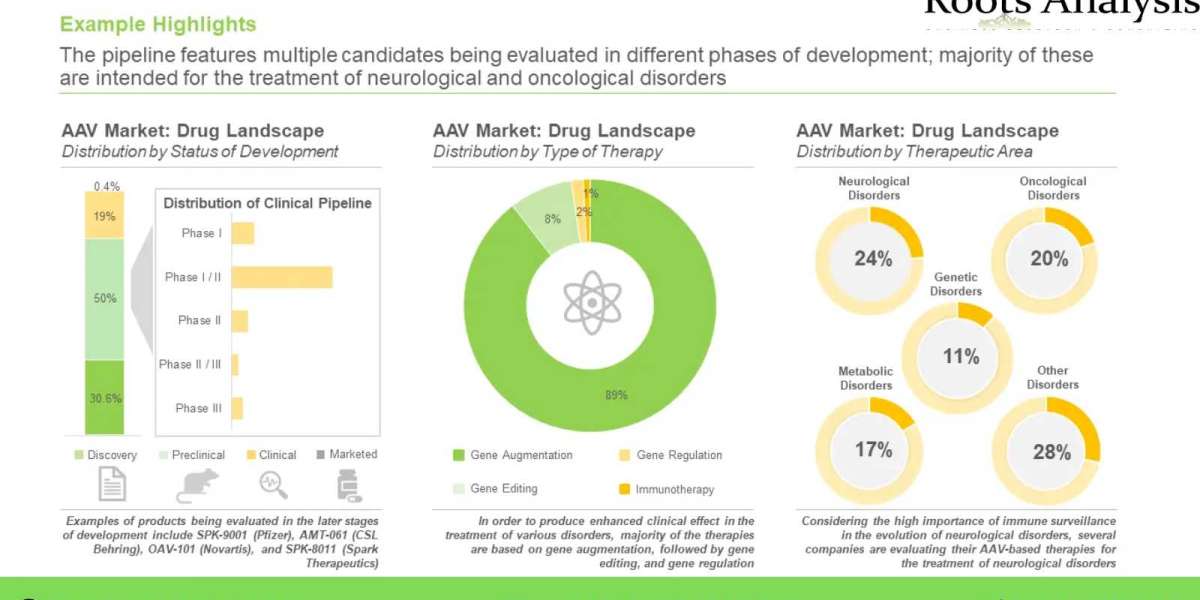Unlock the Secret to Your Perfect Pregnancy Countdown!
Understanding your pregnancy due date is crucial for expectant parents. It plays a significant role in planning and preparing for the arrival of your little one. Knowing your due date can help you manage your prenatal appointments, prepare your home, and even set the stage for your maternity leave. Whether you are a first-time parent or adding to your growing family, having a clear sense of when your baby is expected can alleviate some of the stress that comes with pregnancy. With advancements in technology, accessing this information has never been easier, thanks to various online tools and apps designed specifically for this purpose.
Understanding Pregnancy Due Dates
A pregnancy due date is an estimate of when a baby is likely to be born, typically calculated to be around 40 weeks from the first day of the last menstrual period (LMP). This timeframe can vary slightly depending on individual circumstances, but it serves as a useful guideline for both healthcare providers and parents. Understanding your due date is essential for monitoring the baby’s growth and development, as well as for preparing for the various stages of pregnancy. Knowing when to expect your baby can help you schedule prenatal visits, choose a birthing plan, and make the necessary arrangements—both emotionally and logistically—for welcoming your new family member.
Methods of Calculating Your Due Date
There are several methods to calculate your due date, with the most common being the last menstrual period (LMP) method. To use this method, you simply take the first day of your last period and add 280 days (or 40 weeks). While this is a straightforward method, it assumes that you have a regular 28-day cycle, which not everyone does. Another method is ultrasound dating, which uses imaging technology to measure the fetus's size and estimate the due date more accurately. Although ultrasound can provide more precise data, it may not be available until later in the pregnancy. Each method has its pros and cons, and combining them can yield the most accurate estimate.
Online Tools and Apps for Due Date Calculation
In today’s digital age, numerous online tools and apps are available to assist expectant parents in calculating their due date. These platforms often come with user-friendly interfaces, allowing users to input their last menstrual period or other relevant information quickly. When looking for a reliable calculator, it's essential to consider features such as accuracy, ease of use, and additional resources provided, like pregnancy tracking and health tips. Many parents find these tools invaluable as they navigate their pregnancy journey, providing insights beyond just the due date, including developmental milestones and health checklists. You can utilize a pregnancy due date calculator to simplify this process.
How to Use an Online Pregnancy Due Date Calculator
Using an online pregnancy due date calculator is typically a simple process. First, you'll need to gather some essential information: the date of your last menstrual period, the average length of your menstrual cycle, and any other relevant health details. Once you have this information, navigate to a reliable calculator and input the data as prompted. The calculator will then process the information, taking into account the standard gestation period, and provide you with an estimated due date. Many calculators also offer additional features, such as weekly updates about your pregnancy development, making it a holistic tool for expectant parents.
Benefits of Knowing Your Due Date
Knowing your due date offers numerous emotional and practical benefits. On a practical level, it aids in prenatal care by ensuring that you attend necessary appointments and screenings to monitor your baby's health. It also helps in preparing for labor and delivery, as being aware of the timeframe allows you to pack your hospital bag in advance and set up your birthing plan. Additionally, understanding your due date can help you plan for parental leave, making sure you have ample time to adjust to your new role as a parent. Emotionally, knowing when to expect your baby can relieve anxiety and allow you to savor the moments leading up to the big day.
Key Takeaways on Pregnancy Due Dates
In summary, accurately calculating your pregnancy due date is vital for expectant parents, providing a framework for planning and preparation. With various online tools and apps available, determining your due date has become an easy and effective process. By taking advantage of these resources, you can ensure a smoother pregnancy experience, allowing you to focus on the exciting journey ahead of you. Embrace the countdown to your little one’s arrival, and enjoy every moment of this unique time in your life!



